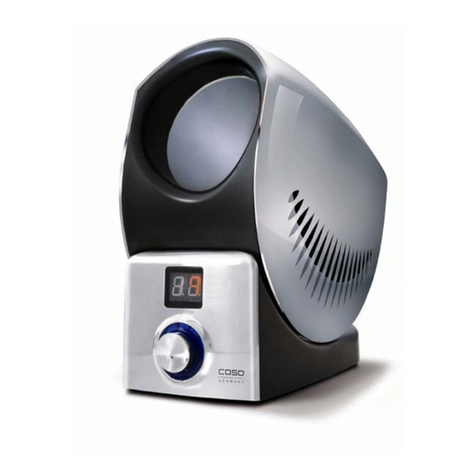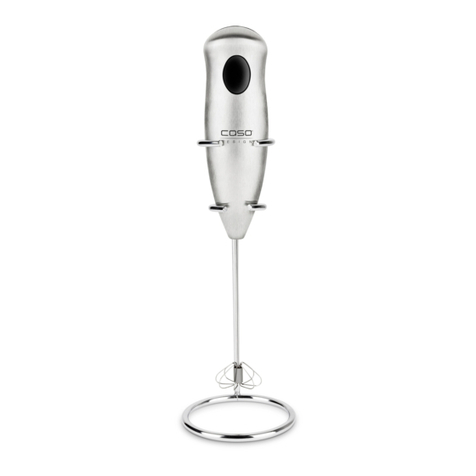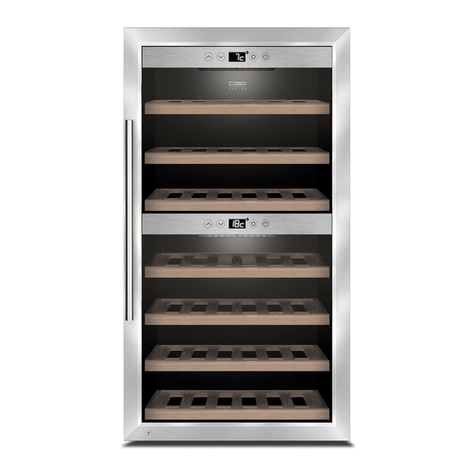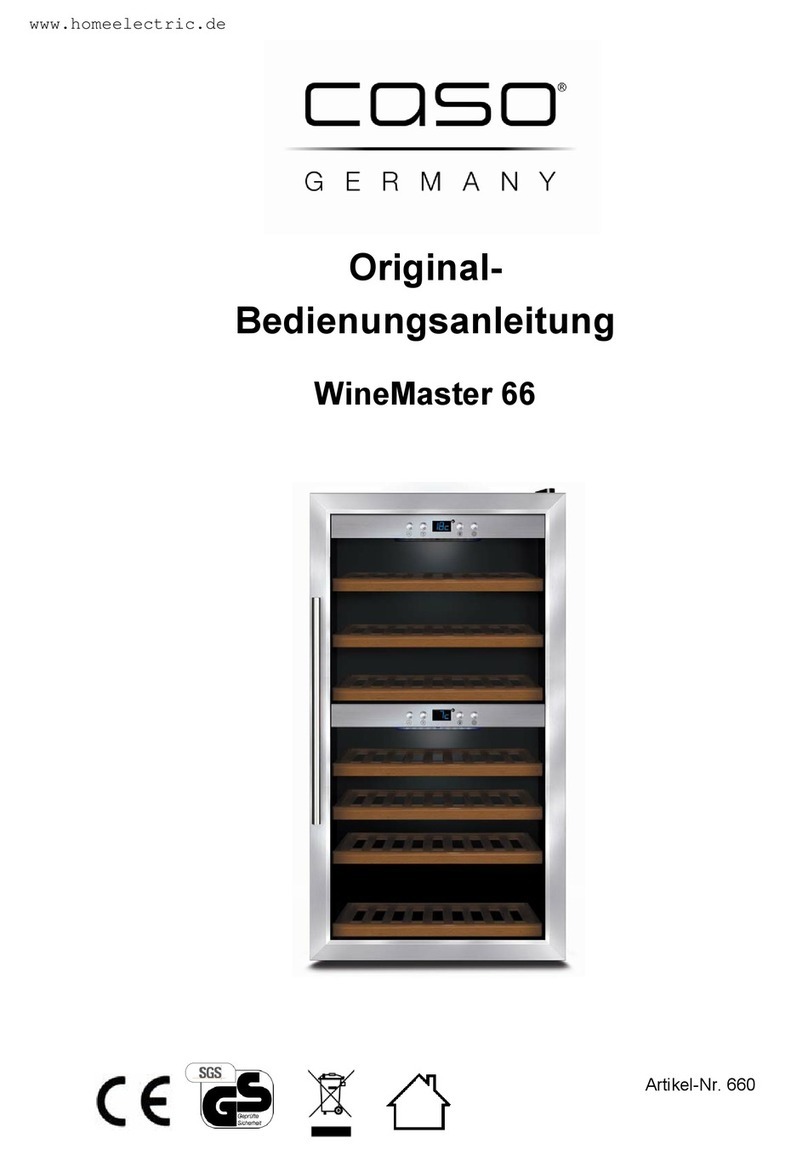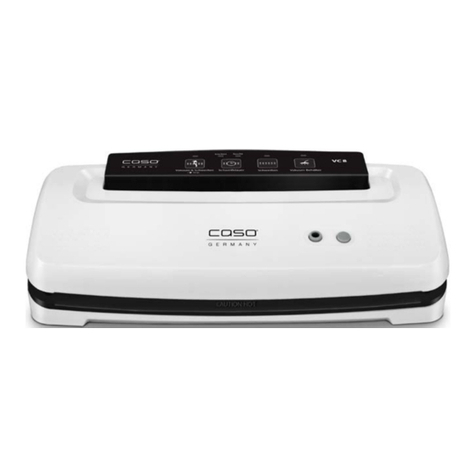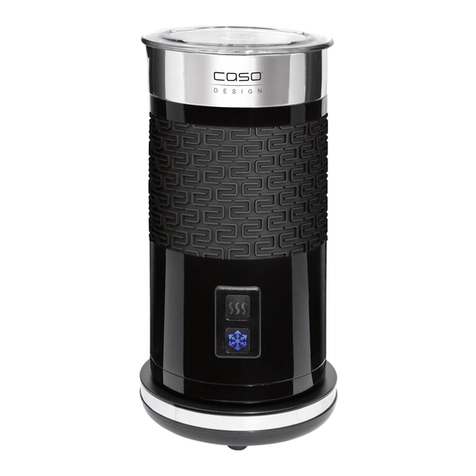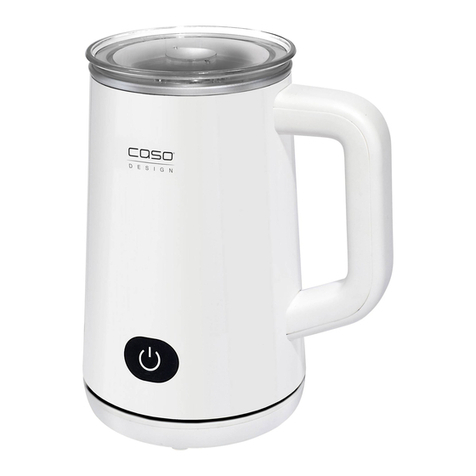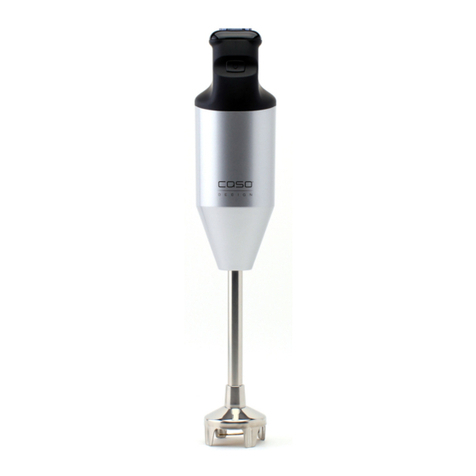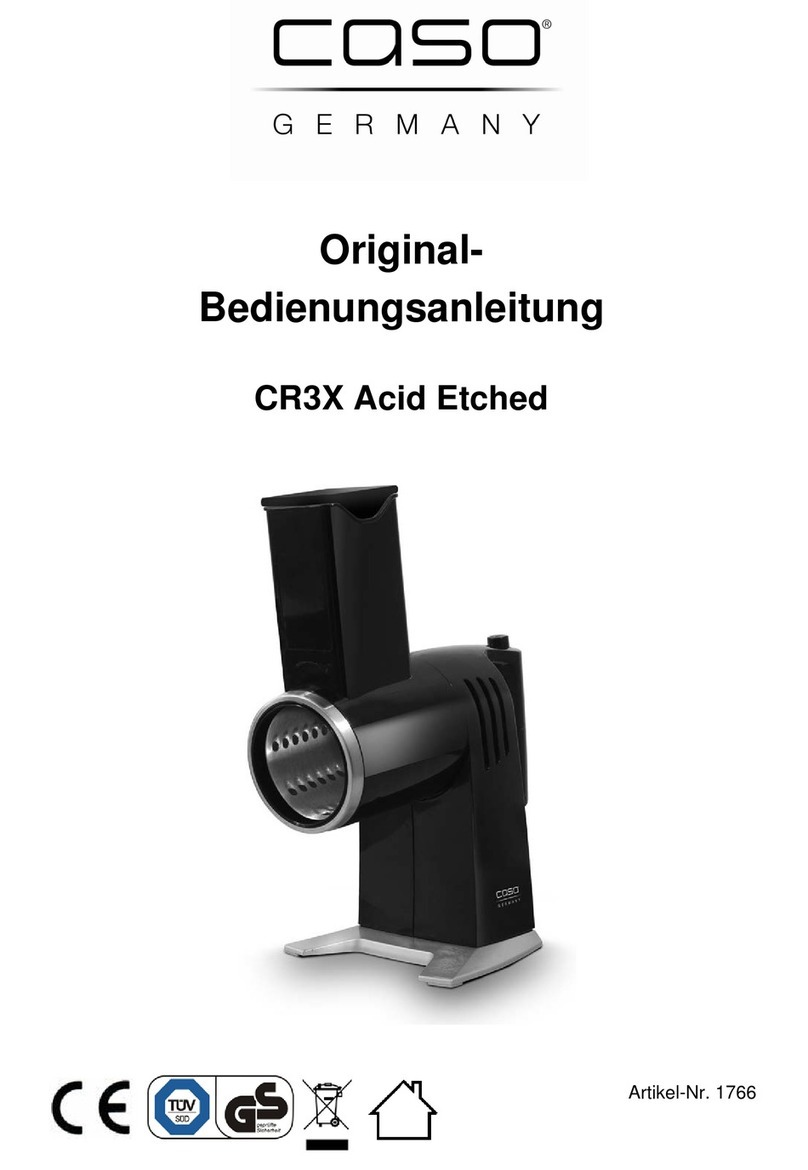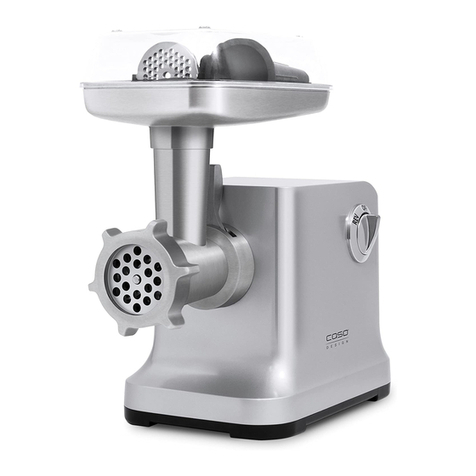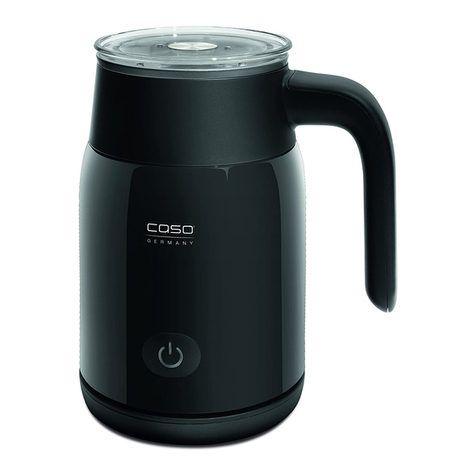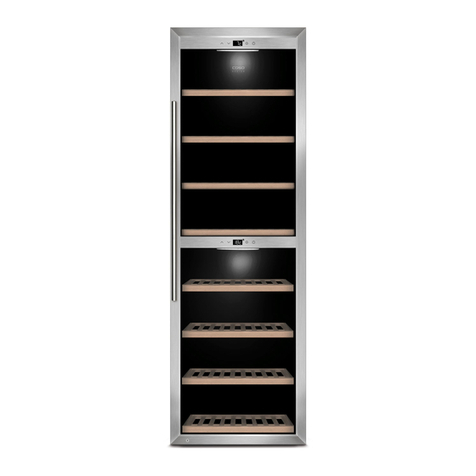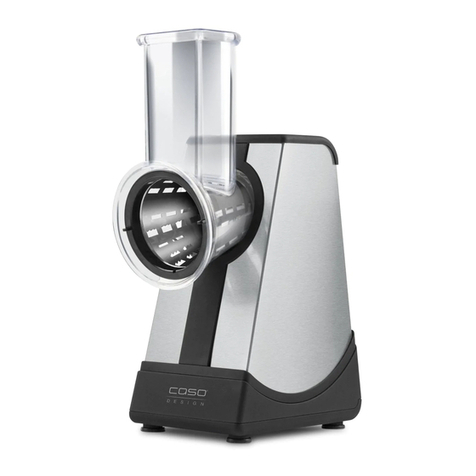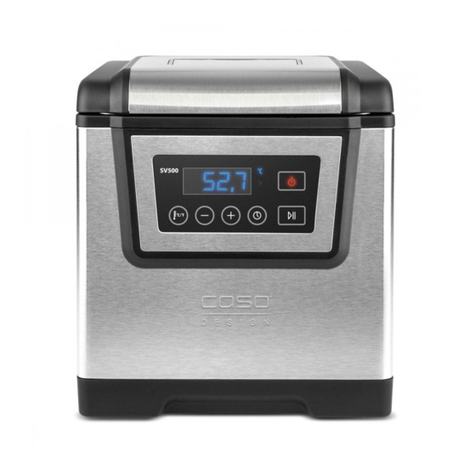
Braukmann GmbH Tel.: 02932 / 547660
Raiffeisenstraße 32 Fax: 02932 / 5476677
8
Food storage safety information
This vacuum preservation system will change the way you purchase and store foods. Once you are
accustomed to vacuum packing, it will become an indispensable part of your food preparation.
Please follow certain procedures when using this appliance to ensure food quality and safety:
1. Chemical reactions in the food to air, temperature, moisture as well as enzyme actions, growth
of microorganisms or contamination from insects will cause food spoilage.
2. The leading cause for food to lose nutritive value, texture, flavor and quality is oxygen in the air.
Most microorganism growth relies on air, for it will carry moisture into and out of foods unless
they are protected with moisture-proof packing. Frozen foods being exposed to freezer air will
get freezer burn.
3. The vacuum seal packing removes up to 90% of the air from the package. Its approximately
21% oxygen in the air, so 90% air removal leaves a 2% to 3% residual oxygen level in
vacuum-sealed foods. When the oxygen level is at or below 5%, as you know, most
microorganisms are inhibited from growth.
4. In general, there are three categories of microorganisms: mold, yeast and bacteria, they are
present everywhere, but only under certain conditions they can cause problems.
5. In a low oxygen environment or in the absence of moisture, mold can’t grow; in moisture, sugar
and a moderate temperature circumstance, yeast can grow with or without air. Refrigeration will
slow the growth of yeast and freezing stops it completely; Bacteria can grow with or without air.
6. One of the extremely dangerous type of bacteria is clostridium botulinum and they can grow
under the right conditions without air: in the temperature range of 40F – 115F (4°C – 46°C).
Conditions for growth are foods lacking acid, low oxygen environment and temperatures greater
than 40F (4°C) for extended time.
7. Frozen, dried, high in acid, salt or sugar foods can resistant to botulinum. Non-acid foods which
include meat, seafood, lye-cured olives, poultry, fish, eggs and mushrooms; low-acid foods
which are mostly vegetables; medium-acid foods include overripe tomatoes, onions, chili
peppers, figs and cucumbers are easy be infected by botulinum.
8. Foods most susceptible to botulinum should be refrigerated for short term and frozen for
long-term storage, and consume them immediately after heating.
9. Some dried foods, such as flour and cereals may contain insect larvae, if do not vacuum-
sealed, larvae may hatch during storage and contaminate the foods. To prevent weevils and
other insects from hatching, store these foods in vacuum seal package.
10. Avoid spoilage; foods should be stored at low temperatures; few species of microorganisms
could grow without air but not at low temperature.
11. If temperatures in the refrigerator greater than 40°F (4°C) (especially for extended periods of
time), it will support the growth of harmful microorganisms, so you should keep the temperature
at 40°F (4°C) or below.
12. The temperature of your freezer should be 0°F (-17°C) or lower, this is ideal temperature for
storing foods, although freezing does not kill microorganisms, it retards their growth.
13. The vacuum-sealed storage temperature will affect dried foods; their shelf life is extended 3-4
times for every 18°F (10°C) drop in temperature.
Functions
1. The main function of this appliance is to store a wide kind of foods for freshness, longer
shelf life, flavor and convenience. In general, vacuum packaging keeps food fresh up to
three times as long as other traditional food storage methods. Once this appliance will be an
indispensable part of your life, you will have less food spoilage and it will save your money.
